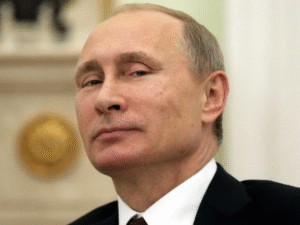$TASI $OIL $BTC
#SaudiArabia #MegaProjects #Economy #OilPrices #Vision2030 #MiddleEastFinance #Investments #Infrastructure #GlobalMarkets #FinanceNews #EconomicDevelopment #Crypto
Saudi Arabia has embarked on a colossal spending spree as part of its Vision 2030 initiative, pouring tens of billions of dollars into mega-projects aimed at diversifying its economy away from oil dependency. Projects like the futuristic city of NEOM, the Red Sea tourism initiative, and numerous infrastructure upgrades signal the Kingdom’s commitment to transforming its economic landscape. However, many of these ventures have not yet demonstrated concrete financial returns, raising questions about their long-term feasibility and return on investment. This has led to concerns among global financial observers, who worry about the sustainability of maintaining such expenditures while oil prices fluctuate.
The Kingdom’s Public Investment Fund (PIF), a sovereign wealth fund managing hundreds of billions, has been driving these projects. The financial strategy adopted by the PIF is ambitious, yet heavily reliant on projections of rising oil revenues and foreign investment. While oil remains a critical pillar of Saudi Arabia’s economy, any prolonged downturn in oil prices, as seen in recent years, could strain the country’s ability to fund these large-scale developments. Additionally, attracting external capital to these projects has proven challenging, with potential investors skeptical about the financial viability and execution timelines of these undertakings. This leaves Saudi Arabia walking a fiscal tightrope, balancing its aggressive spending with the uncertain pace of return.
From an equity market perspective, the Saudi Stock Exchange, or Tadawul ($TASI), could experience fluctuations based on the progress of these mega projects. If these initiatives fail to attract sufficient foreign investment or deliver financial returns in the near future, investor confidence in the broader economic strategy could weaken, leading to potential re-rating of related sectors, including construction and infrastructure stocks. On the other hand, an increase in oil prices would serve as a financial cushion, potentially helping to sustain the spending spree while reassuring markets. Meanwhile, any disruptions in global commodity markets or geopolitical events could further complicate the fiscal dynamics, given the Kingdom’s exposure to volatile oil revenues.
In the context of crypto markets, Saudi Arabia’s spending spree could also shape future conversations around blockchain and digital currencies. The PIF has expressed interest in exploring blockchain technology to streamline its infrastructure projects, with some speculation that the Kingdom might eventually embrace crypto as a means of diversifying financial instruments. This could influence regional adoption trends and potentially boost global interest in cryptocurrencies like $BTC, especially if Saudi-backed initiatives gain traction. As Saudi Arabia continues scaling up its ambitions, its ability to align bold spending with sustainable financial returns could have profound implications not just domestically, but across global financial markets as well.







Comments are closed.